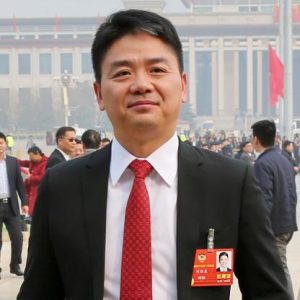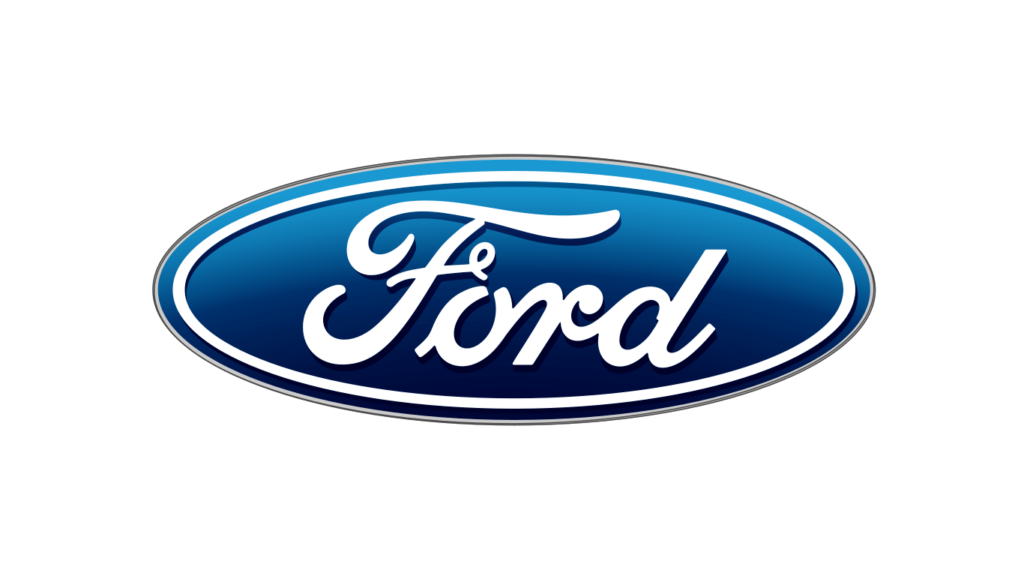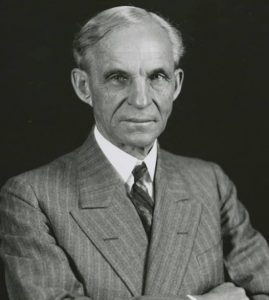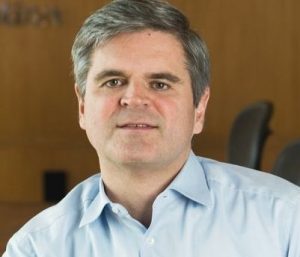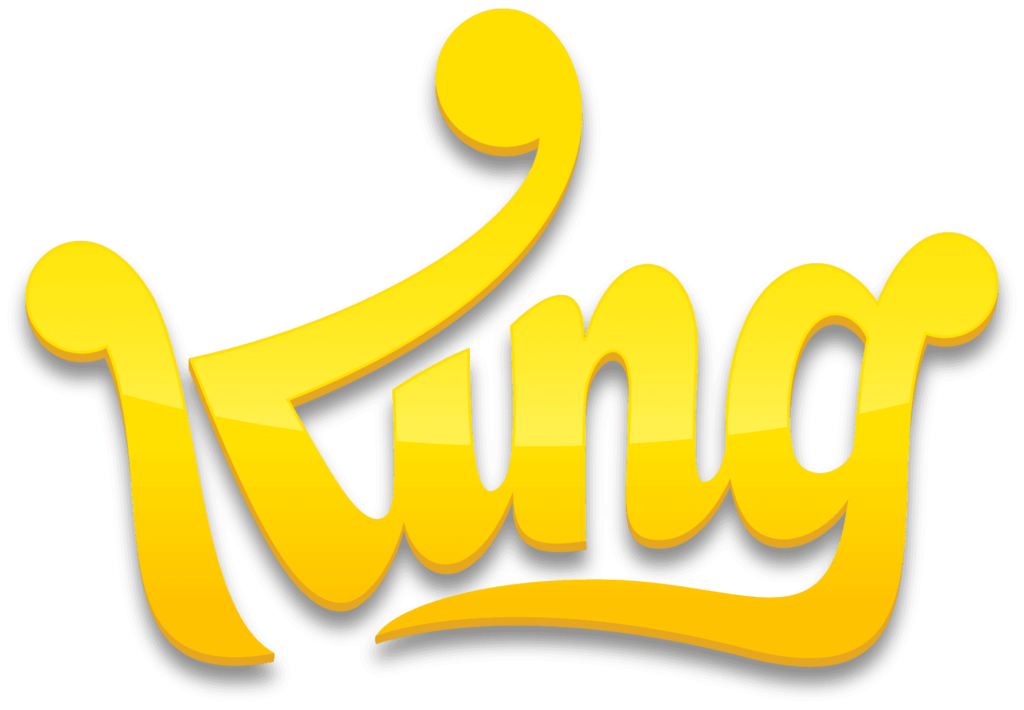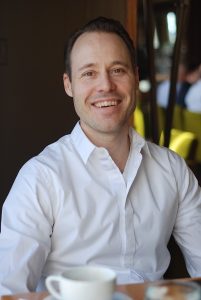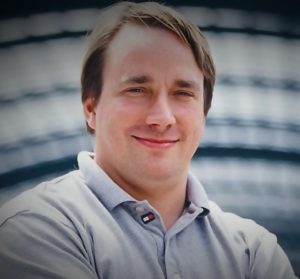The Success Story of Hewlett-Packard (HP)
HP is not a new name in the IT industry, and the narrative of the company is over 80 years old. The company was founded by two Stanford graduates Bill Hewlett and David Packard, in January 1939.
The two co-founders met each other in a social outing during the time they were studying at Stanford. Both were pursuing a degree in electrical engineering and shared a common interest in starting a business after completing their education. They discussed their idea with their fellowship professor Frederick Terman at Stanford and with his supervision started working on the same.
The two started their company from Packard’s garage in Palo Alto, in 1938, with an initial capital investment of US$538, even without deciding a proper name for it. In 1939, they tossed a coin to decide the name for the company adopting the surname of their names. The toss was among Hewlett-Packard and Packard-Hewlett, in which Hewlett-Packard won.
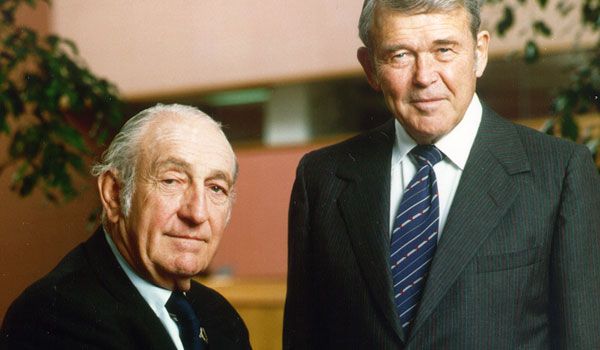
The first product from the company was a precision audio oscillator, the Model HP200A. It was cheap and efficient, and became one of the most successful product, commercially. The same product was also used by Walt Disney Productions, for the movie Fantasia, in certifying the Fantasound surround sound systems installed in theatres.
In 1957, the company went public in its initial public offering.
In the 1960s, Hewlett-Packard started producing the semiconductor devices for the instruments and calculators. In 1966, the company entered into a new business of computer manufacturing and rolled out the accumulator-based design HP 2100 / HP 1000 series of minicomputers, followed by the HP 9800 and HP 250 series of desktop and business computers.
In the 70s the company started producing the advanced business computers, i.e. stack-based HP 3000 computers. During the same time, the HP 2640 series smart computers were also introduced that included one of the first bit mapped graphics displays. The same computer was used to develop the first commercial WYSIWYG Presentation Program, BRUNO, by coupling the HP 2100 21MX F-Series micro-coded Scientific Instruction Set.
In the same decade, the company produced the world’s first handheld scientific calculator HP-35, world’s first handheld programmable HP-65, first alphanumeric, programmable, expandable HP-41C and first symbolic, and the graphing calculator HP-28C.
In the 80s, Hewlett-Packard expanded its business to build printers and scanners for desktop computers. With the rise of the internet, the company registered its website domain as HP.com, on 3 March 1986, becoming the ninth Internet .com domain ever. In 1989, HP acquired the Apollo Computer, and in 1995 it acquired the Convex Computers.
By 1998, the company had become one of the leaders in the desktops, laptops, and servers for many different markets. Later, it also started its online service hpshopping.com, to sell its products online, which was rebranded to “HP Home & Home Office Store” in 2005.
In 2005, due to the merger with Compaq, Hewlett-Packard was facing heavy losses in the business. In 2006, the company offered a new range of products in both hardware and software, reducing the costs. In 2007, the company’s revenues skyrocketed, and HP hit the $100 Billion mark for the first time.
In 2011, Hewlett-Packard launched its first tablet named HP TouchPad, followed by the industries’ first wireless mouse. But by the end of the same year, it announced that it won’t be operating in the tablet and smartphone business anymore, and will focus more on the Cloud, solutions and software business.
In the years 2012-13, the Hewlett-Packard faced a great decline in its profits, cutting down 34000 jobs in the same years.
In October 2014, the news of splitting up of Hewlett Packard into two separate companies came into knowledge. The two wings would do their separate business of personal computers and printer manufacturing. Finally, in November 2015, the company separated into HP Inc. and Hewlett Packard Enterprise, HP Inc. retaining the Hewlett-Packard’s stock price history.
Although the company has seen many ups and downs during its long journey, the vast history of HP has introduced the world with many great inventions. The company also gets credits for many patents and will be known for its contribution to the IT industry.

Yashica is a Software Engineer turned Content Writer, who loves to write on social causes and expertise in writing technical stuff. She loves to watch movies and explore new places. She believes that you need to live once before you die. So experimenting with her life and career choices, she is trying to live her life to the fullest.


